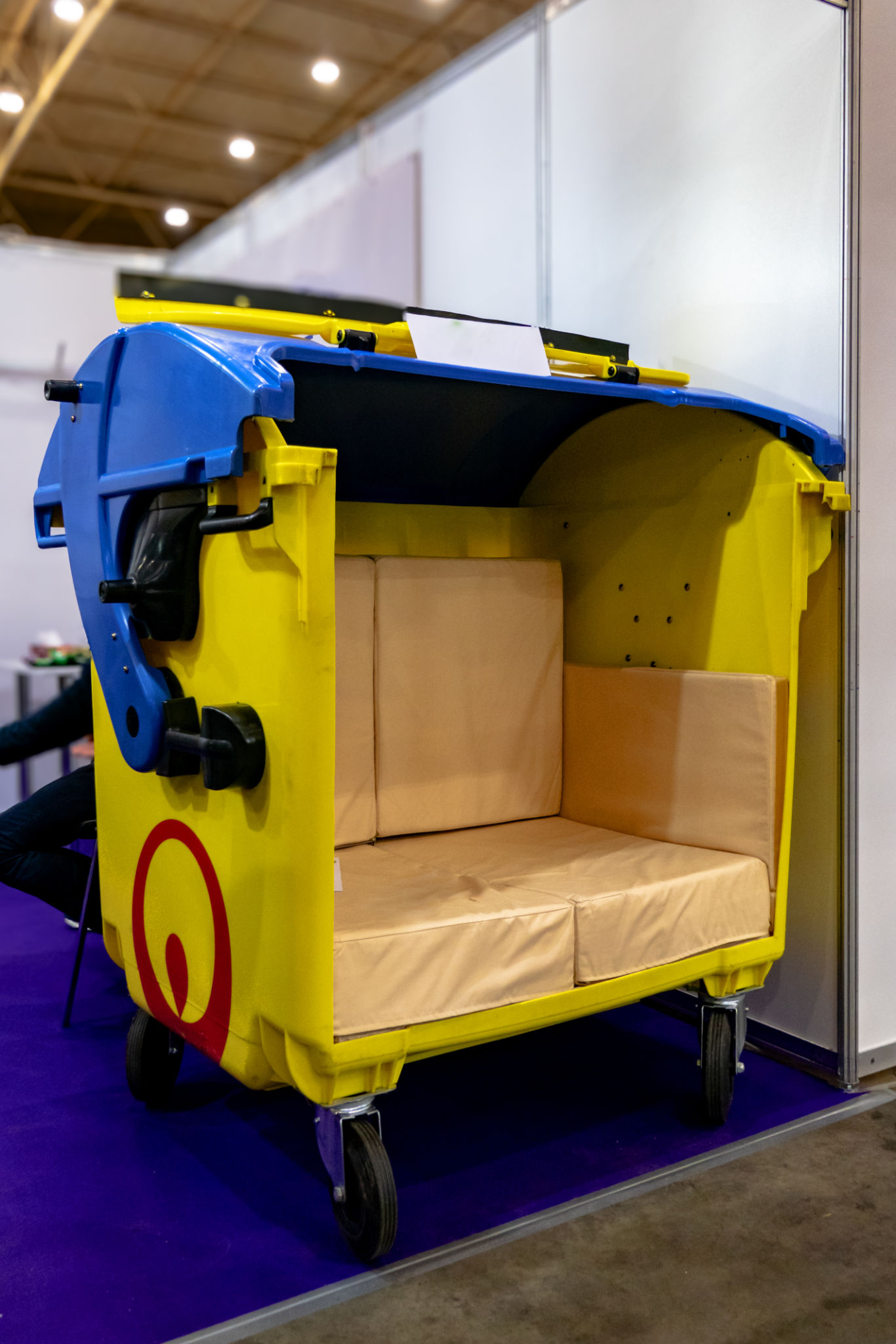Eco-Friendly Remodeling Options: How to Transform Your Home Sustainably
In recent years, there has been a growing interest in eco-friendly remodeling options as more homeowners seek to reduce their environmental impact. By choosing sustainable materials and practices, you can create a beautiful, functional space that aligns with your values. Whether you're planning a small update or a major overhaul, integrating green solutions into your remodel can make a significant difference.
Choose Sustainable Materials
One of the most effective ways to ensure an eco-friendly remodel is by selecting sustainable materials. Look for products that are recycled, reclaimed, or sustainably sourced. For instance, bamboo and cork are excellent choices for flooring as they are rapidly renewable resources. Reclaimed wood can add unique character to your home, and recycled metal or glass tiles can make stunning backsplashes and accents.

Additionally, consider using low-VOC (volatile organic compounds) paints and finishes. These products release fewer harmful chemicals into the air, improving indoor air quality and making your home healthier for your family.
Improve Energy Efficiency
Another important aspect of sustainable remodeling is enhancing your home's energy efficiency. Start by upgrading to energy-efficient windows and doors to reduce heat loss during winter and keep your home cooler in summer. Installing proper insulation is also crucial in maintaining a comfortable temperature year-round.
- Install a programmable thermostat to optimize heating and cooling schedules.
- Consider solar panels for sustainable energy and potential cost savings.
- Opt for energy-efficient appliances with an Energy Star rating.

Water Conservation Techniques
Water conservation is another critical factor in eco-friendly remodeling. Implementing water-saving fixtures like low-flow toilets and showerheads can significantly reduce water usage. Additionally, consider installing a rainwater harvesting system to collect and use rainwater for gardening or other non-potable purposes.
Landscaping with native plants can also contribute to water conservation by reducing the need for irrigation. Native plants are well-adapted to local climates, requiring less water and maintenance.
Incorporate Natural Lighting
Maximizing natural light in your home not only saves energy but also creates a warm, inviting atmosphere. Consider adding skylights or sun tunnels to bring more daylight into darker spaces. When planning window placements, think about the orientation of your home to optimize sunlight exposure throughout the day.

Use light-colored, reflective surfaces in your interior design to amplify the effect of natural light. Mirrors, glass furniture, and glossy finishes can help bounce light around the room, making it feel brighter and more spacious.
Repurpose and Reuse
Finally, embrace the concept of repurposing and reusing existing materials whenever possible. Instead of discarding old cabinetry or furniture, consider giving them a fresh look with new paint or hardware. Upcycling not only reduces waste but also adds unique charm and character to your home.
Thrift stores and salvage yards can be treasure troves of materials waiting to be reinvented. By creatively incorporating these elements into your remodel, you contribute to a more sustainable environment while adding personalized touches to your space.

